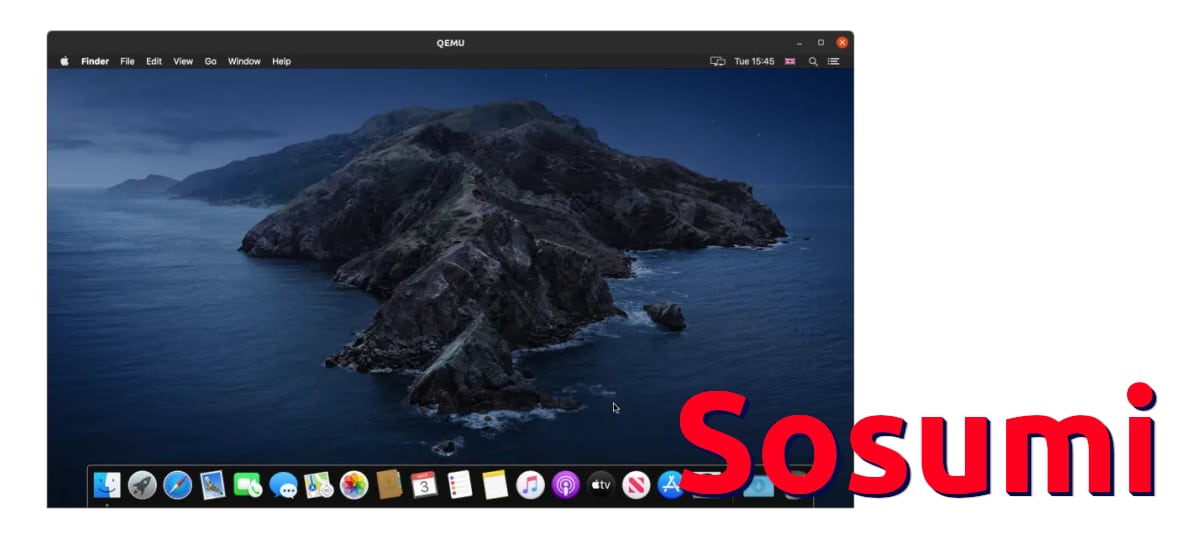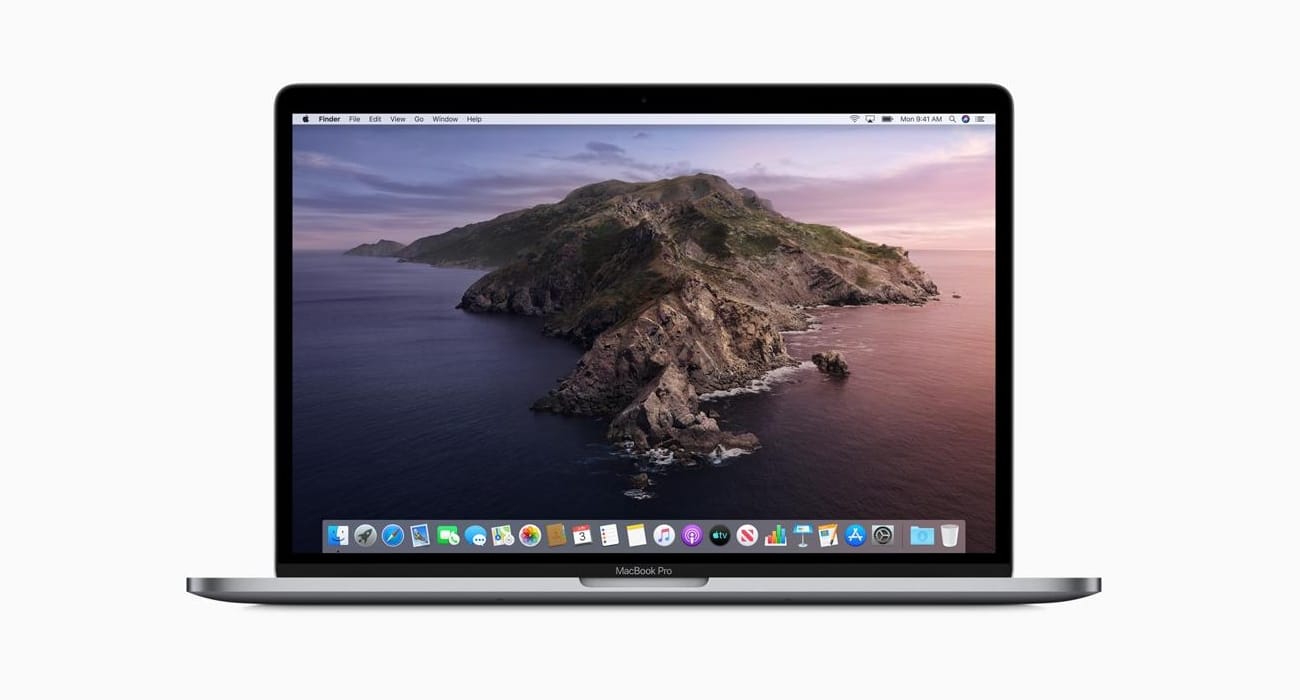
Virtual machines can and are very useful. In them we can either run unsupported software in our operating system or carry out all kinds of tests, such as those that a server does in the most recent version of Ubuntu (Eoan Ermine) or the one that is currently under development (Focal Fossa). But the most common is to create virtual machines for Windows or Linux, being more difficult to create those for macOS. Or that was so before the advent of software like sosumi.
Sosumi is a snap package that makes it easy to download and install macOS on Linux-based operating systems, more specifically a virtual machine running on QEMU. Of course, we must bear in mind that Apple does not design its operating systems to work on PCs, so, first, we would be doing something "illegal" and, second, it is likely that not everything works as we would like.
How to install macOS on Linux with Sosumi
- The first thing we have to do is download the snap package. We have two options: the stable version and the "Edge" version, which, although not exactly the same, we could say that it is its beta. At the time of this writing, they are both at v0.666, so it is worth installing the stable version unless you experience a problem:
sudo snap install sosumi
- We run Sosumi by typing its name in the terminal. And, after installing the package and as you might expect, an icon has not yet been created in the applications menu. Once written for the first time, it will appear, so this step is only necessary the first time we start the software.
- When the virtual machine starts, we press Enter, which will start the installation.
- From here, the installation is very similar to how it is done on a Mac: we go to Disk Utilities or Disk Utility and format the (virtual) hard disk.
- We choose the disk that will have the Apple HDD name on the left side.
- We click on «Erase» or «Delete».
- If we want, we give the volume a name.
- We leave the rest of the options by default and accept (Erase or Delete).
- We close the disk utilities.
- We enter the utilities again and choose Reinstall macOS.
- We click on Continue. This step will be repeated until we see the screen to choose our hard drive.
- We choose our hard drive.
- We click on Install or Install. After the process is complete, the virtual machine will reboot.
- After the automatic restart a boot menu will appear. We start the operating system from the disk on which we have installed it.
- Finally, we configure our «Mac» following the instructions that appear on the screen, among which we have to choose the language, the country of residence and add our Apple ID, if we have it.

Things to keep in mind
Sosumi does not work as VirtualBox, in the sense that we can configure everything before installation, including a hard disk that changes size as we fill it up. When we finish installing macOS in Sosumi, the disk will have a size greater than 30GB and it will increase even more depending on what we install or the information we download / add.
Speaking of installations, another thing to keep in mind is that we are talking about a virtual machine, so the performance will never be or come close to what we would get if we used the system natively. This means that yes, we can carry out some steps and tests, but it is not worth using Sosumi + macOS if what we want is to use programs like iMovie, for example. In fact, the performance of other less heavy applications is not the best in the world either.
Finally, it is also important to note what we have mentioned above: Apple does not create its operating system for use in laptops and while Alan Pope has done a great job with his Sosumi, it is we are likely to find some incompatibility. In any case, it is an option that is worth considering if you want to use Apple's operating system on Linux. Is it your case?
I have installed sosumi from snap in Debian 10 and when I go to launch it, it tells me that the command does not exist ...
Failed to download base system
The command is complete, press ENTER to exit the terminal.